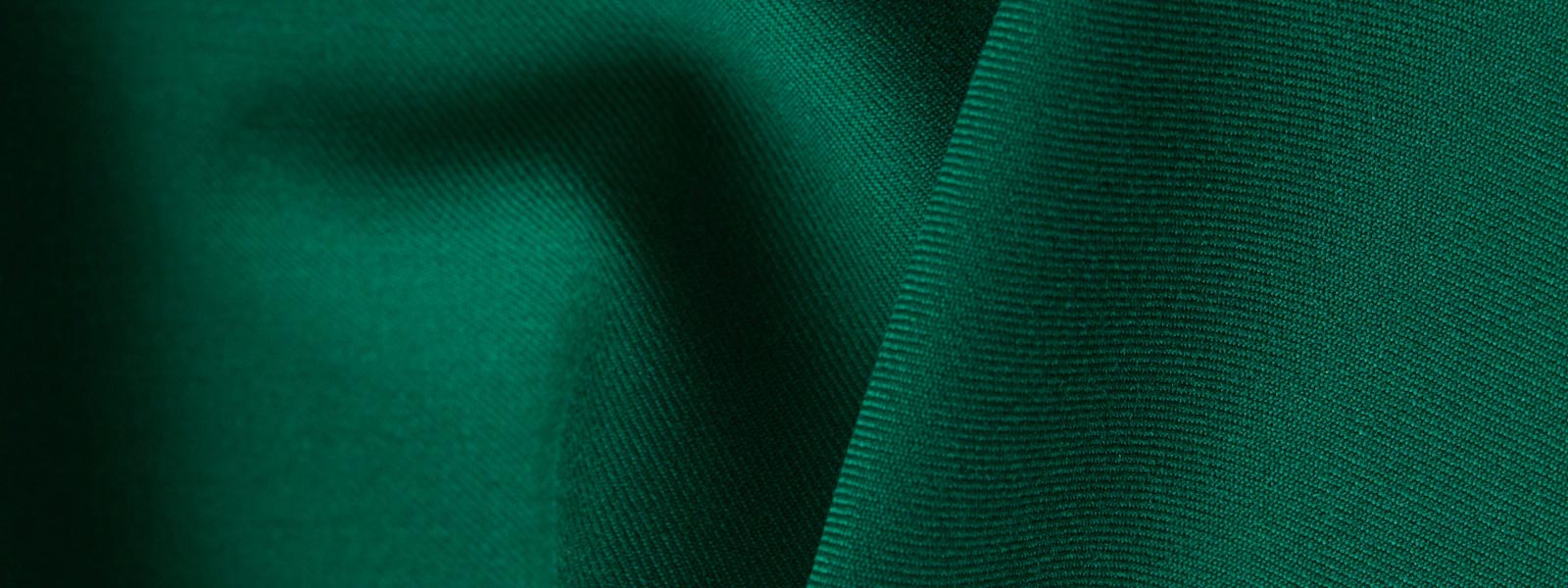Wool, by nature a circular fibre, can help brands enter more easily into the development of circular products.
Circular design in the textile industry uses regenerative materials, keeps garments in use and provides pathways for reuse, recycling and biodegradation at end-of-life. Discover how wool can be used within a circular textile economy.
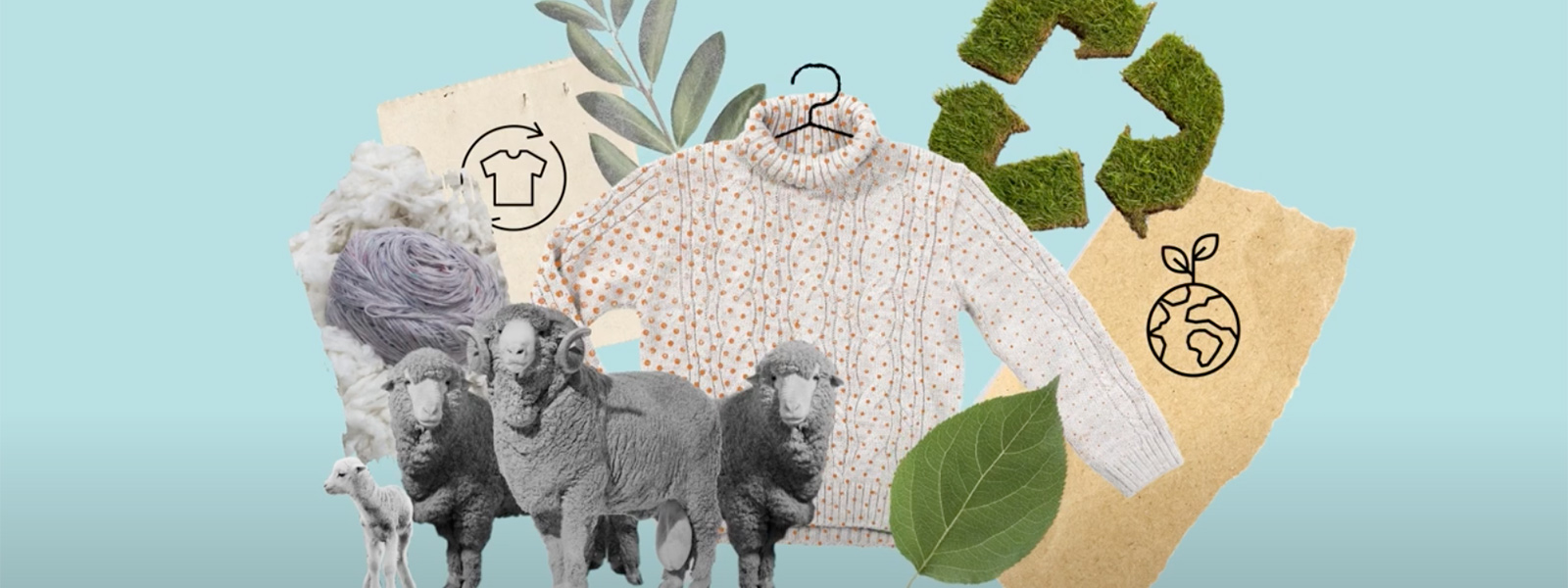
WATCH NOW: This video explains why wool is an inherently circular fibre,
acting as a launchpad to help achieve circular design practices.
Align to the circular economy with wool

Use renewable resources
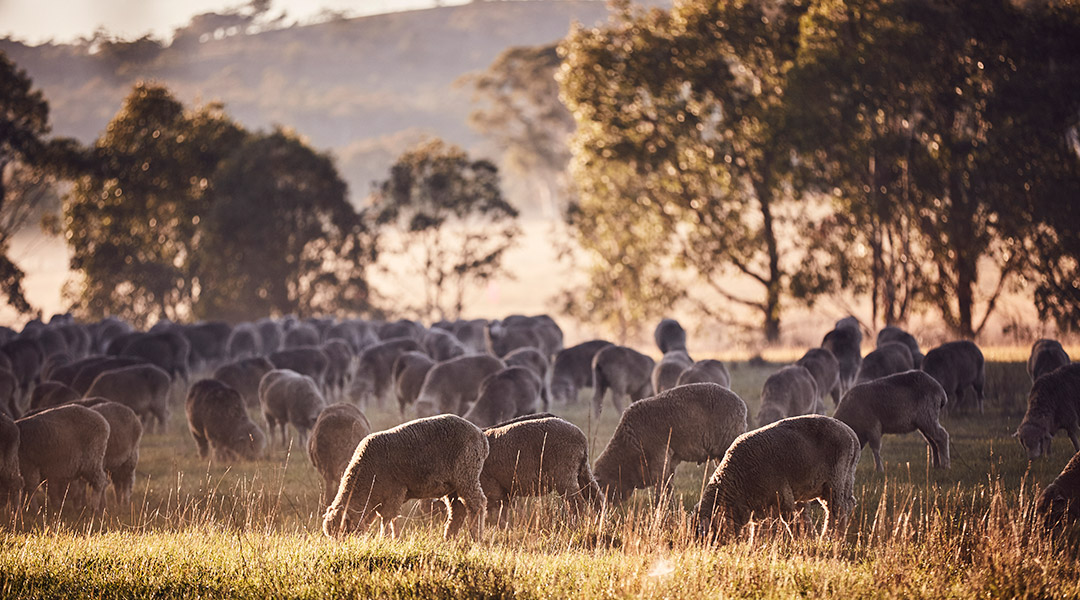
Every year, sheep produce a new fleece, making wool a completely renewable fibre source. Wool is grown by the simple mix of sunshine, water, grass and fresh air. That is, wool grows on a sheep’s body because of the proteins, lipids and minerals naturally absorbed through their diet, in much the same was as human’s grow hair.
Environmental factors including climate, day length, soil type and feed type all contribute and influence the production of sheep’s wool. There is a use for every part of the wool fleece, nothing is wasted.
If a sheep’s fleece is not shorn seasonally it can build up and potentially negatively affect the sheep’s health.

Keep materials and products in use for a long time

The number of times a garment is worn significantly influences the overall environmental impact of that garment. To reduce the environmental impact of garments, designers need to create garments that are designed for long life. For designers and brands to do this, here are 5 design steps to consider:
- Choose quality fibres that are durable
- Design garments that meet the needs of the wearer
- Use quality dyes, finishes and construction methods
- Design garments that don’t go out of fashion
- Design garments that can evolve with the needs of the wearer, especially adjustable fit
Wool is a quality fibre and is typically kept longer than other garments with an active service first life estimated to be 20-30 years. Wool is highly valued in the resale and recycling markets and can be recycled in the closed-loop and open-loop recycling systems.
Wools performance attributes, such as odour, stain and wrinkle resistance also ensure that wool garments can be laundered less often and retain their ‘as-new’ appearance for longer.

Remove pollution & reduce waste

Globally, an estimated 92 million tonnes of textiles waste is created each year and the equivalent to a rubbish truck full of clothes ends up on landfill sites every second.[1]
Wool is made of a 100% natural biodegradable protein, similar to that found in human hair. When a wool product reaches its end-of-life and is disposed of, the wool fibre readily decomposes in soil, slowly releasing valuable nutrients and carbon back into the earth, acting like a fertiliser. Wool is also completely biodegradable in marine environments.[2] This means that wool does not contribute to microplastic pollution.
[1] A New Textiles Economy: Redesigning Fashion’s Future. 2017, Ellen MacArthur Foundation
[2] Collie. S, Brorens. P, Hassan. M, Fowler, I. (2021) Marine biodegradation behavior of wool and other textile fibers. Submitted for publication

Regenerate natural systems
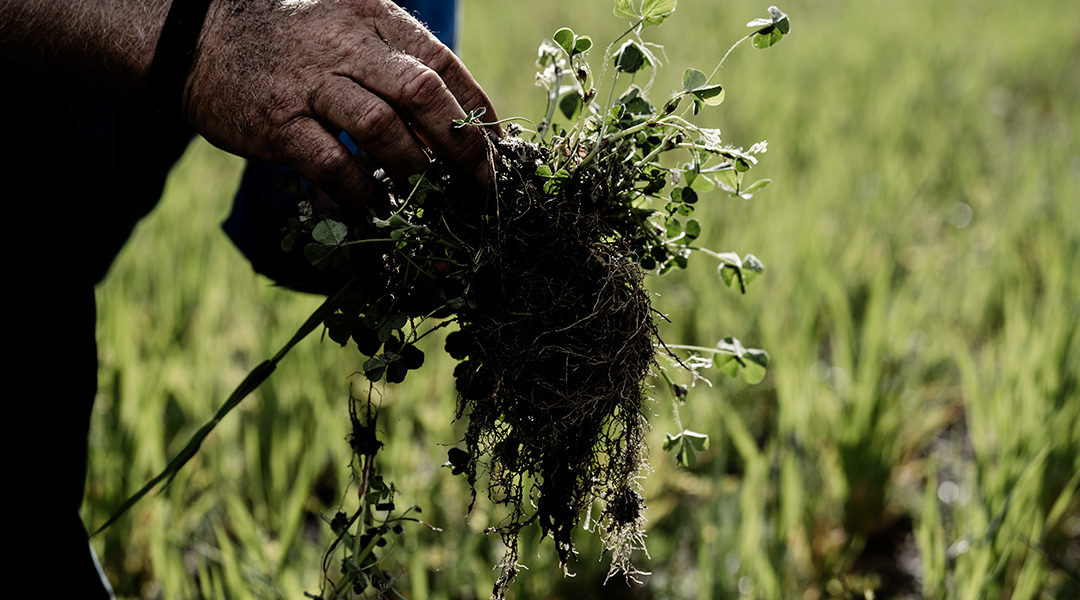
Ecosystems evolve with diversity in plant and animal species. These species interact and provide stability within an ecosystem. Animals are of course, part of this biodiversity and for grassland systems to function naturally, grazing animals play a key role. This is where wool growing can play a role in regenerating grassland ecosystems.
Sheep are grazing animals that fit into a regenerative agriculture system to build soil organic matter, sequester carbon and support biodiversity. Sheep act as natural fertilizers and return essential nutrients to the soil. Learn more about regenerative agriculture here.
Sheep live on grasslands which are regions that are not used for growing food, and many Australian woolgrowers encourage biodiversity through riparian protection and revegetation.

Repair & recycle
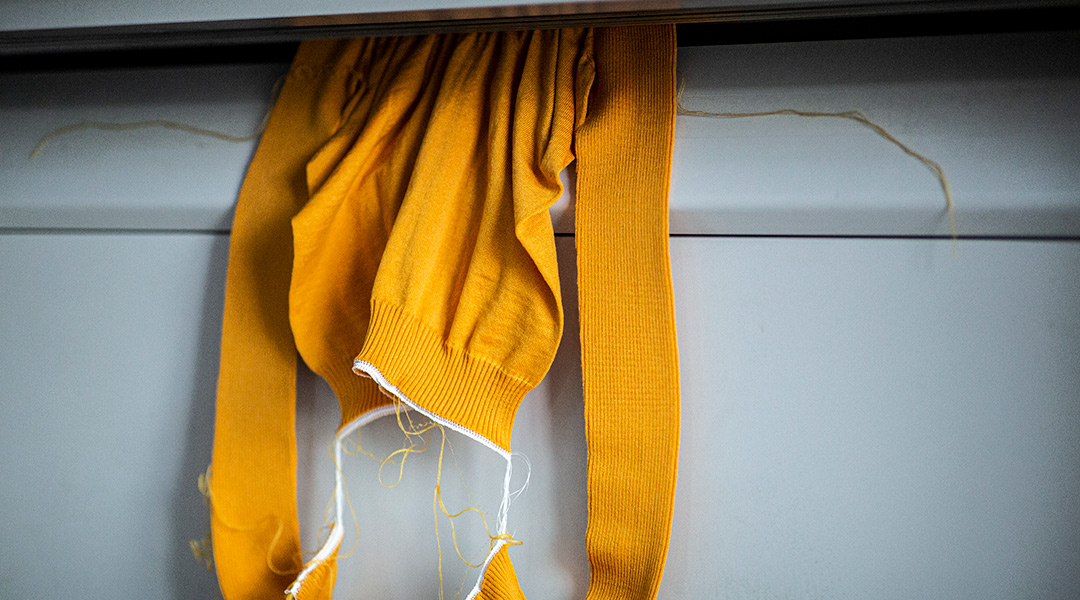
Wool’s attributes are so highly valued that, even after a garment has finished its long service life with one person, the fibre is still suitable to be kept in use in the via three further ways:
- 1st life extension – Reuse: Wool is the most reused fibre on the planet of the major apparel fibres, with wool garments often preferentially donated or sold for extended life. According to a Nielsen wardrobe study, 50% of wool and wool blend garments are donated to charity, family, friends or sold.
- 2nd life extension – ‘Closed loop’ recycling: This involves high-value wool garments deconstructed to enable new yarns to be spun and new high-value garments fabricated. Wool is the most recyclable fibre on the planet of the major apparel fibres.
- 3rd life extension – ‘Open loop’ recycling: This is essentially ‘down cycling’, in which wool products are pulled apart and fabricated into cheaper non-woven products for insulation, padding, interiors etc.

Celebrate diversity

The wool supply chain is long, complex and diverse. The industry supports the livelihoods of approximately 200,000 people in Australia. These farmers are mostly generational small farmers whose main income is their wool clip.
Throughout the supply chain, wool supports the livelihoods of many individuals and communities throughout Asia and Europe and supports the continuation of cultural expertise and traditional knowledge in weaving, knitting, dyeing and garment making.
100% Natural, renewable and biodegradable
No other fibre, natural or man-made, can match all of wool’s naturally inherent benefits.
No microplastics, unlike synthetics
Wool is biodegradable so does not contribute to microplastic pollution in our oceans or on our land.
The most reused and recycled fibre in the world
Natural, renewable and biodegradable, wool is the most reused and recyclable fibre on the planet of the major apparel fibres.
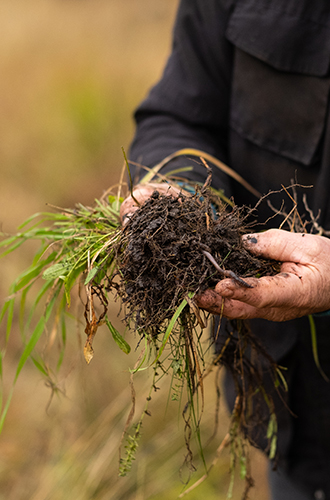
Sustainability
Toolkit
Gain essential wool knowledge, from the properties of the fibre to the social, animal and environmental impacts of wool, tailored for designers and brands.
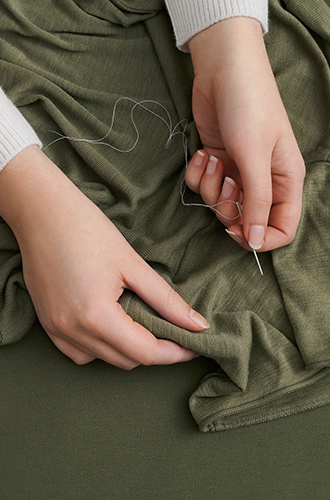
Reduce Environmental Impacts Toolkit
Drawing on circular design principles, this toolkit provides step-by-step and science-backed solutions to reduce the environmental impact of wool garments.
Brands showcasing circularity with wool
Victoria Beckham
Victoria Beckham
Victoria Beckham used Woolmark licensee Tintoria di Quaregna’s natural dyeing process for the luxury label’s latest knitwear collection. Using flowers, leaves and berries, Victoria Beckham was able to achieve an earthy, warm colour palette whilst developing a collection with sustainability at its core. Garments also include a label for owners and future owners to write their name, encouraging the use phase of each product to be extended.
Uma Wang
Uma Wang
An increasing number of labels are end-to-end transparency, giving consumers access to track and trace the product from farm to garment. Leading Chinese fashion designer UMA WANG created a traceable, single origin Australian Merino wool capsule collection for AW2021/22. The 18-piece knitwear collection is ticketed with traceable QR codes - using blockchain technology - for consumers to trace and track the authenticity and provenance of the product.
NAGNATA
NAGNATA
Sustainability remains at the core of lifestyle label NAGNATA, whose knitwear range seamlessly takes you from the studio to street with ease. Knitted on circular machines machines, NAGNATA’s seamless garments not only reduce fabric wastage but also environmental impact - a key pillar of the circular economy.

Extending the use phase
Wool garments need less laundering, reducing energy and water consumption as well as maintaining the garment’s ‘as-new’ appearance. A wool sweater can be worn 14 times before washing. Increasing its number of wears to 400 across its entire lifespan can reduce the environmental impact of that garment by up to 68%.
Three steps to design for circularity with wool

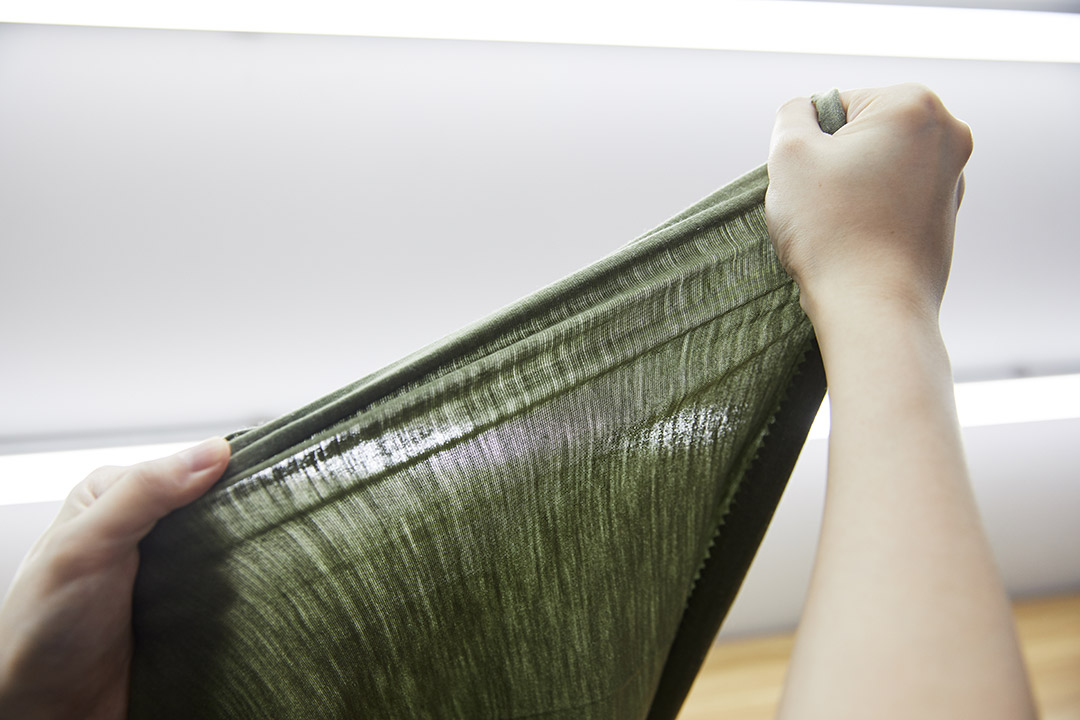
Studies show consumers hold the power to dramatically reduce the environmental impact of their clothing. For consumers to re-wear clothing and keep it in use for a long time, garments need to be designed for long life. Here are 5 design steps to consider:
- Choose quality fibres, yarns and fabrics that are durable.
- Design garments that meet the needs of the wearer.
- Use quality dyes, finishes and construction methods.
- Design garments that don’t go out of fashion.
- Design garments that can evolve with the needs of the wearer, especially adjustable fit.


The use-phase of a garment’s lifecycle is the greatest factor in determining the environmental footprint of a garment. Here are 4 initiatives designers and brands can implement to reduce the environmental impact of clothing.
- Promote re-wearing of wool garments. Increasing the number of wears per wool garment lifespan can reduce that garment’s environmental impact by up to 68%.
- Communicate the care instructions for wool garments such as washing wool at 30°C (86°F) or less, air-dry wool garments and reducing the frequency of laundering - the optimal number of wears per wash for a wool sweater is 14 times.
- Offer consumers take-back options to give wool garments a second or third life.
- Offer repair services to extend the life of a garment.

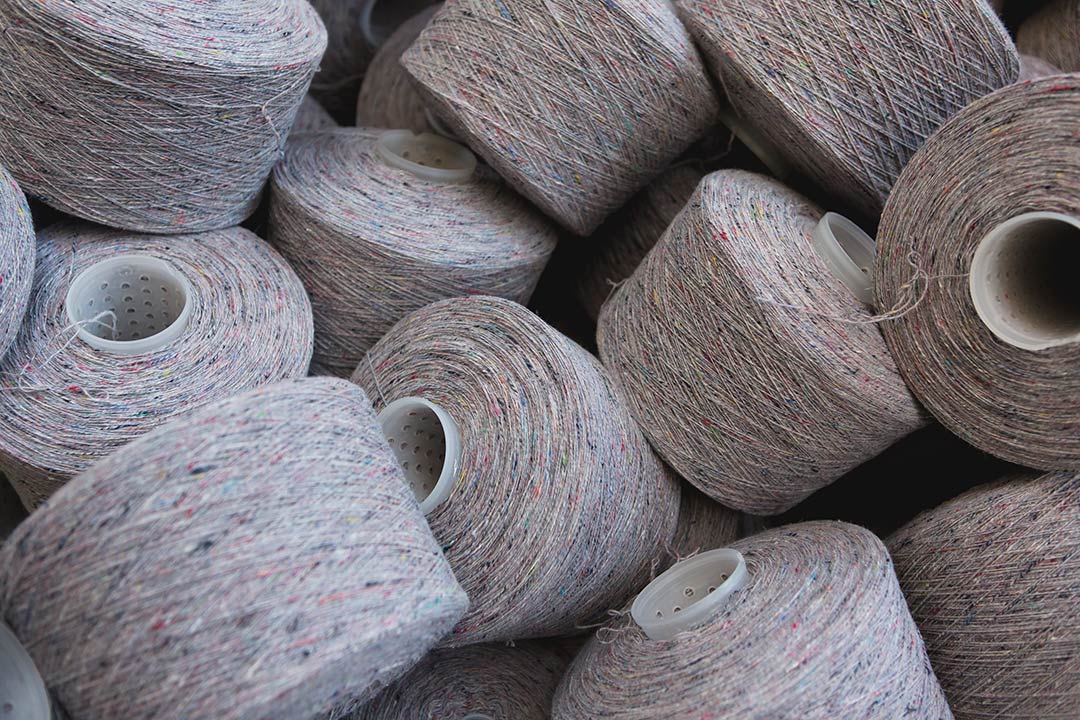
By 2030, we are expected as a whole to be discarding more than 134 million tonnes of textiles a year. To align to the circular economy, clothes must be designed for after-life. This doesn’t just mean recycling, this includes the second and third life of a garment. Here are five steps for you to consider:
- Choose natural fibres - they are inherently biodegradable.
- Communicate the benefits of natural fibres. Adopting best-practice care will ensure garments maintain their ‘as-new’ appearance and can re-enter the resale and reuse market.
- Design for disassembly - this will ensure each component of a garment can be reused and recycled.
- Explore wool recycling options - with a scaled, commercial recycling industry there are multiple options to create value through wool recycling.
Explore take-back and donation opportunities - wool has high reuse and resale value which you can utilise to keep garments in use for a second and even third life.
To learn more about implementing circular design into your workflow, download our toolkit.
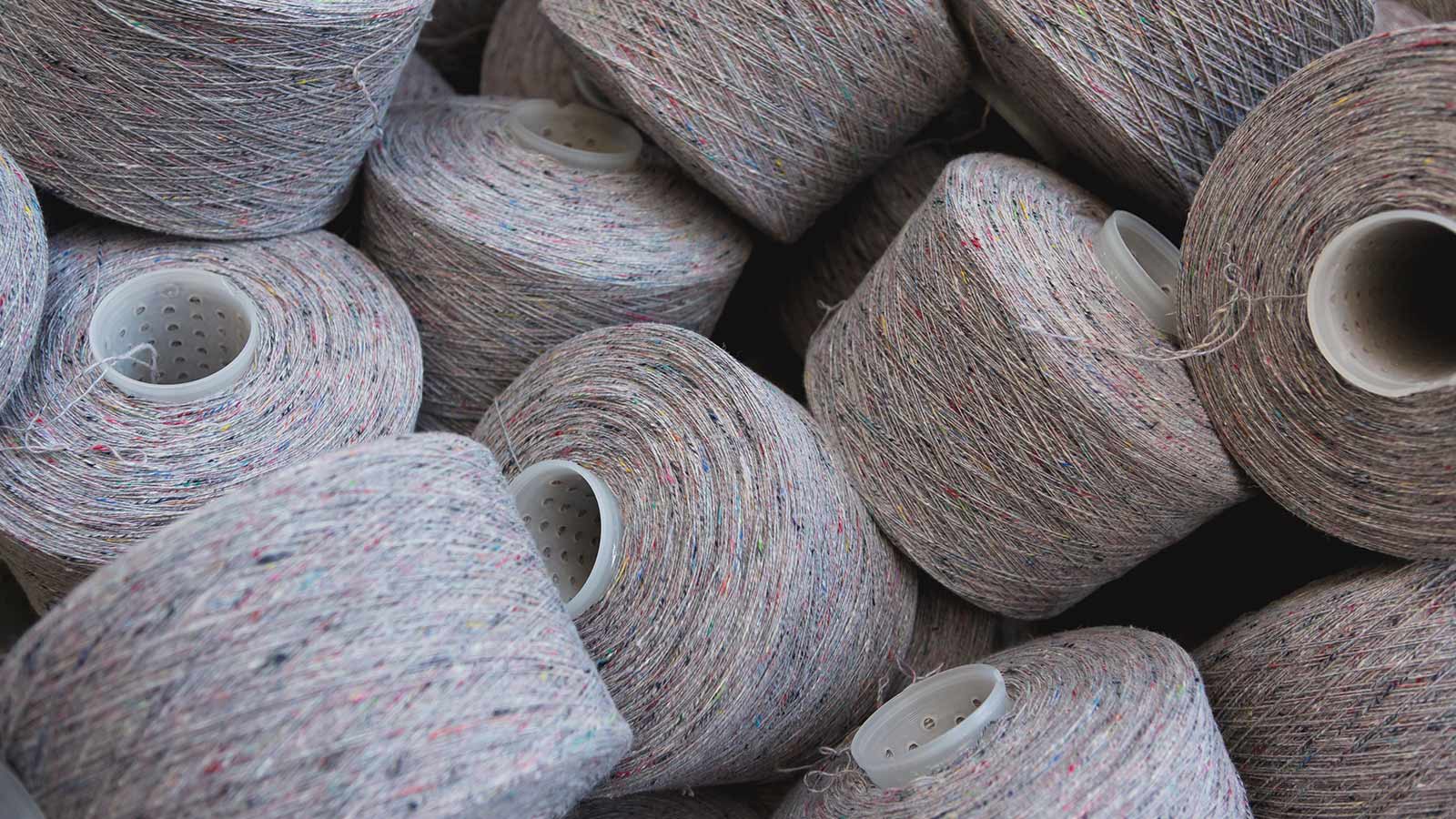
Inherently circular
Wool has been deemed circular since 1813, when Benjamin Law famously developed a process using recycled woollen rag combined with virgin wool to make a material called shoddy.
Legislative frameworks in the EU to accelerate circularity
The European Union has a goal to make Europe the world’s first carbon-neutral continent by 2050. Textiles has been identified as a priority sector to achieve this with new policy and legislative frameworks focused on circularity.
Circular Economy Action Plan (CEAP)
The CEAP is a set of commitments aimed at ensuring that circularity and resources efficiency acts as a "prerequisite for climate neutrality", in line with the European Green Deal. Under the CEAP, the textile industry has been identified as a priority sector for the EU’s move towards sustainability and climate neutrality due to its high use of resources and high impact on the environment. Read more here.
EU Strategy for Sustainable Textiles
Under the CEAP, this strategy aims to develop eco-design requirements to ensure that textile products are fit for circularity, ensuring the uptake of secondary raw materials, tackling the presence of hazardous chemicals and empowering businesses and consumers to choose sustainable textiles and ensuring easy access to reuse, repair and recycling. Read more here.
EU Sustainable Product Policy initiative
The Sustainable Product Policy Legislative initiative was presented in 2021 and will work to make products fit for a climate neutral, resource efficient and circular economy. The new initiative aims at making products more durable, reusable, repairable, recyclable, and energy-efficient. Read more here.
Wool’s natural circular attributes, innovations in manufacturing and established recycling industry enables designers and brands to meet these new legislative and policy initiatives with wool.
